I am building a Shiny App that does random simulations of some stuff in three ways and saves the results in a table. I want the table to (1) fill the cell green for the closest value to the correct answer, and (2) include a line on bottom tracking total number of times each test group has been the closest.
Here's the code I'm using: By the way, in this example there are ties, but that won't really be possible in the real thing, so probably not necessary to deal with.
#
# This is a Shiny web application. You can run the application by clicking
# the 'Run App' button above.
#
# Find out more about building applications with Shiny here:
#
# http://shiny.rstudio.com/
#
library(shiny)
# Define UI for application that draws a histogram
ui <- fluidPage(
# Application title
titlePanel("test"),
# Sidebar with a slider input for number of bins
sidebarLayout(
sidebarPanel(
actionButton("random_select",
"Generate Random Numbers",
width = 'auto')
),
# Show a plot of the generated distribution
mainPanel(
tableOutput("results_table_output")
)
)
)
# Define server logic required to draw a histogram
server <- function(input, output) {
counter <- reactiveValues(countervalue = 0)
observeEvent(input$random_select,{
counter$countervalue = counter$countervalue + 1
}
)
results <- reactiveValues(
table = list(trial = NA,
answer =NA,
test_1 = NA,
test_2 = NA,
test_3 = NA)
)
observeEvent(counter$countervalue,{
results$table$trial[counter$countervalue] <- as.integer(counter$countervalue)
results$table$answer[counter$countervalue] <- sample(1:10,1)
results$table$test_1[counter$countervalue] <- sample(1:10,1)
results$table$test_2[counter$countervalue] <- sample(1:10,1)
results$table$test_3[counter$countervalue] <- sample(1:10,1)
})
output$results_table_output <- renderTable({
results$table
})
}
# Run the application
shinyApp(ui = ui, server = server)

